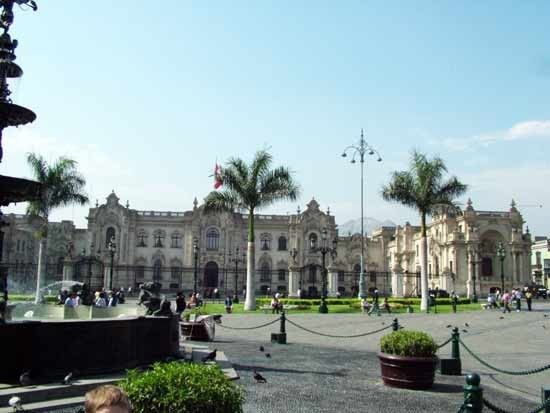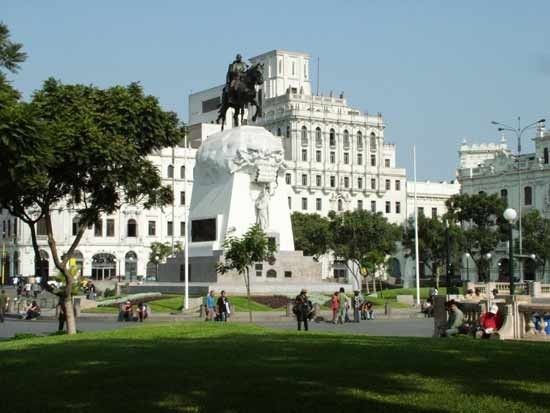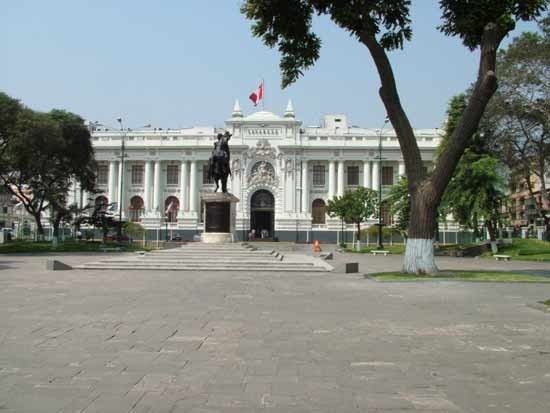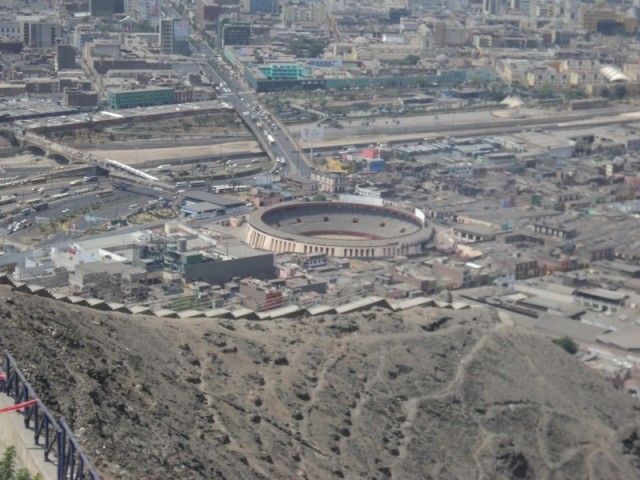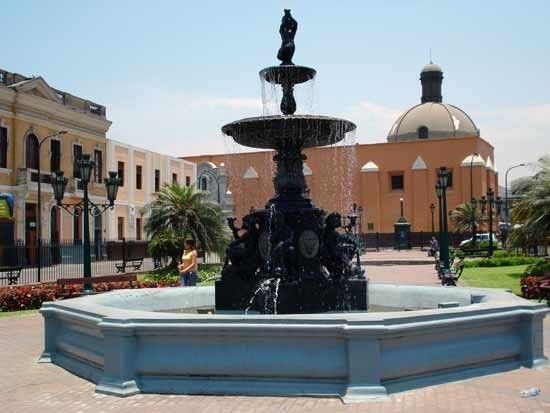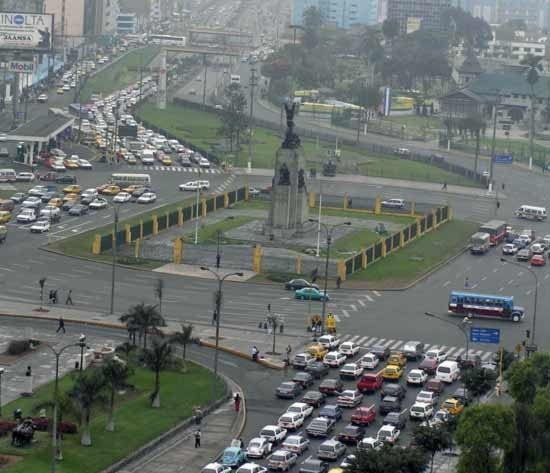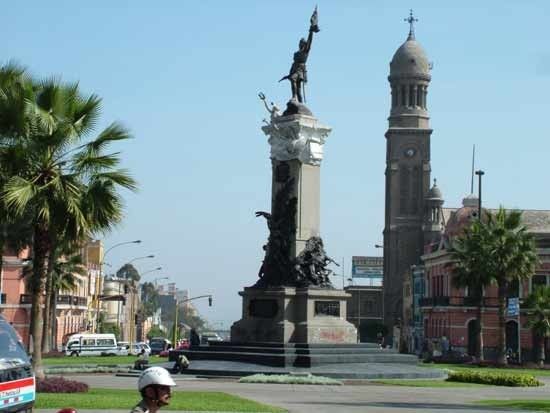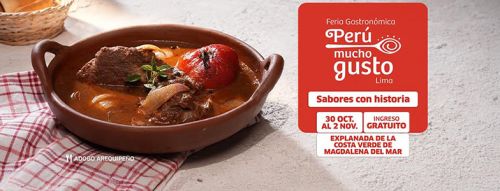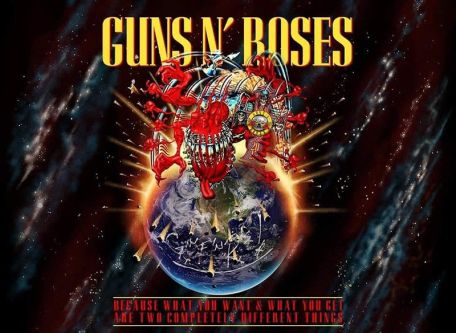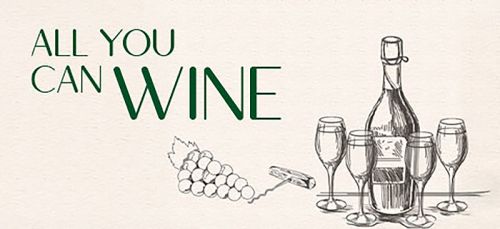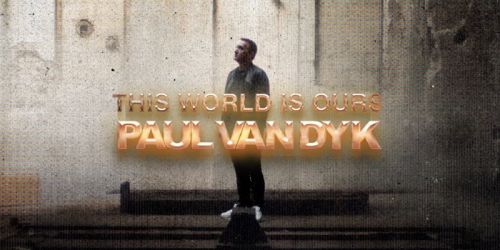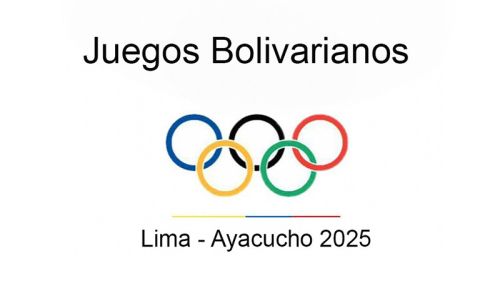- Peru Guide
- Peruvian Visa Types
- Public Holidays & Festivals
- Peru Info
- Culture & Entertainment
- Legal Stuff
- Customs Regulations & Info
- How many days did I get?
- Tourist Visa extension in Peru
- Peruvian Overstay Fine
- International Document for Antecedentes Peru
- Paying Administration Charges
- Permit to Sign Contracts
- Interpol - Ficha de Canje
- Travel Permit
- Subsanacion - Submitting documents
- Extending a Migraciones deadline
- Residence visa extension
- Renewal Carné de Extranjería
- Update Migraciones information
- Carné replacement
- Marrying in Peru
- Driver's License in Peru
- Police Clearance Certificate Peru
- Travel Authorization for Minors
- Finding a Job in Peru
- Domestic Workers in Peru
- Labor Regulations Peru
- Air Passenger Rights
- Safety, Security & Travel Advice
- Shopping in Peru
- Stay Connected
- Business Guide
- Earthquakes
- Emergencies & Help
- History of Peru
- Education, Teaching & Schooling
- Glossary of Terms
- Lima Guide
- Travel & Sights
- Food
- Money
- Events
- Opinion
- Media
- Peru Guide
- Peruvian Visa Types
- Public Holidays & Festivals
- Peru Info
- Culture & Entertainment
- Legal Stuff
- Customs Regulations & Info
- How many days did I get?
- Tourist Visa extension in Peru
- Peruvian Overstay Fine
- International Document for Antecedentes Peru
- Paying Administration Charges
- Permit to Sign Contracts
- Interpol - Ficha de Canje
- Travel Permit
- Subsanacion - Submitting documents
- Extending a Migraciones deadline
- Residence visa extension
- Renewal Carné de Extranjería
- Update Migraciones information
- Carné replacement
- Marrying in Peru
- Driver's License in Peru
- Police Clearance Certificate Peru
- Travel Authorization for Minors
- Finding a Job in Peru
- Domestic Workers in Peru
- Labor Regulations Peru
- Air Passenger Rights
- Safety, Security & Travel Advice
- Shopping in Peru
- Stay Connected
- Business Guide
- Earthquakes
- Emergencies & Help
- History of Peru
- Education, Teaching & Schooling
- Glossary of Terms
- Lima Guide
- Travel & Sights
- Food
- Starter & Appetizer
- Sandwiches
- Soups
- Main Courses
- Salsas, Sauces & Dips
- Desserts
- Snacks
- Drinks & Beverages
- Peruvian Cheese
- Fruits
- Vegetables
- Aji - Chili Peppers
- Grains, Coffee, Beans & Nuts
- Common Herbs
- Other Ingredients
- Money
- Peru Guide
- Peruvian Visa Types
- Public Holidays & Festivals
- Peru Info
- Culture & Entertainment
- Legal Stuff
- Customs Regulations & Info
- How many days did I get?
- Tourist Visa extension in Peru
- Peruvian Overstay Fine
- International Document for Antecedentes Peru
- Paying Administration Charges
- Permit to Sign Contracts
- Interpol - Ficha de Canje
- Travel Permit
- Subsanacion - Submitting documents
- Extending a Migraciones deadline
- Residence visa extension
- Renewal Carné de Extranjería
- Update Migraciones information
- Carné replacement
- Marrying in Peru
- Driver's License in Peru
- Police Clearance Certificate Peru
- Travel Authorization for Minors
- Finding a Job in Peru
- Domestic Workers in Peru
- Labor Regulations Peru
- Air Passenger Rights
- Safety, Security & Travel Advice
- Shopping in Peru
- Stay Connected
- Business Guide
- Earthquakes
- Emergencies & Help
- History of Peru
- Education, Teaching & Schooling
- Glossary of Terms
- Lima Guide
- Travel & Sights
- Food
- Starter & Appetizer
- Sandwiches
- Soups
- Main Courses
- Salsas, Sauces & Dips
- Desserts
- Snacks
- Drinks & Beverages
- Peruvian Cheese
- Fruits
- Vegetables
- Aji - Chili Peppers
- Grains, Coffee, Beans & Nuts
- Common Herbs
- Other Ingredients
- Money
- Lima Guide
- Culture Guide
- Plazas (City Squares)
Plazas (City Squares)
We know plazas or city squares in every culture around the world. As long as there have been settlements, villages or cities, there have been mostly centrally located places where the citizens came together. These public places were the center of urban life. In many cities the most important buildings like the city council or the main church are at these plazas. Very typical for Peru you'll find in the middle monuments, statues or fountains. The city squares used to be the place for official declarations, executions, coronations and gatherings, but as well for all kinds of social activities like festivities, processions, games, spectacles and celebrations. Located around were shops where everyone could satisfy their needs. The plazas represented the town itself, its power, influence and reputation.
As everywhere in the world, also in Peru, they had an important role in the economic development of every town. Lima is no exception. Its main square, the Plaza Mayor, for example, was since Lima's foundation in 1535 the place for many political, economical and social activities important for the town and its population. Other great plazas and parks never reached the importance of the Plaza Mayor, but still fulfilled similar purposes.
Lima's Plazas Today
Today Lima's many plazas are a constant reminder of the colonial and republican history of the city. Many are beautifully restored and looked after; they still represent what Lima once has been, an influential and wealthy city in the Americas.
7 results - showing 1 - 7Lima Main Square
Plazas (City Squares)The Plaza Mayor or Plaza de Armas (as it was known until 1990), is the oldest public place in Lima. In 1535 the conquistador Francisco Pizarro founded on the area of an existing indigenous settlement the city of Lima. He designed a main square in the central part of the future city Lima with all important institutions built around it.San Martin Square
Plazas (City Squares)The Plaza San Martin, inaugurated in 1921 to honour the first centenary of Peruvian independence, is one the largest and most beautiful squares in Lima. It is dedicated to General Jose de San Martin, a key leader for the struggle of independence in Southern America and together with Simon Bolivar the second liberator of Peru. He declared Peru's ...Bolivar Square
Plazas (City Squares)The Plaza Bolivar is also known under the name Plaza de la Inquisiciòn and Plaza del Congreso. The plaza has seen a lot of Limas history. The original site was until 1949, when the Av. Abancay was extended and the plaza reconstructed, much bigger and housed during Colonial times the Iglesia de Santa Maria de La Caridad (a charity for the poor in...Acho Square - Bullfight Ring
Plazas (City Squares)In the middle of the 18th century, Viceroy Manuel de Amat drew up plans for the construction of a special bullfight ring in Lima. Since 1538, when the first bullfight according to Ricardo Palma, famous Peruvian writer, took place, most bullfights spectacles were held on the Plaza Mayor and later at a simple wooden construction built on the place...Italian Square
Plazas (City Squares)Before the arrival of the Spaniards in Peru the place known today as the Plaza Italia was a very important ceremonial temple or huaca. Unfortunately the conquistadores destroyed this ancient site and build instead a plaza on this piece of land. In 1550 the "Iglesia Santa Ana" (Church of Santa Ana) was erected, a once glorious church that is stil...Grau Square
Plazas (City Squares)Dedicated to the Pacific War hero Admiral Miguel Grau, who lost his life in the Battle of Angamos, the "Plaza Grau" was officially inaugurated in October 1946. At the statue build with granite and bronze every year Peruvian Navy Officials lay a wreath to honour this grand captain of the Navy and all comrades who died during this terrible war.Bolognesi Square
Plazas (City Squares)The Plaza Bolognesi was constructed in 1906 and is dedicated to one of the many heroes of the Pacific War, Francisco Bolognesi, who lost his life next to a lot of loyal Peruvians during the Battle of Arica. The statue of Francisco Bolognesi in the middle of the circle was erected in 1954 (the original one from 1905 can be found in the Museo Hist...7 results - showing 1 - 7Peru Newsflash
Los 3 Patas del Peru
Marca Perú, the official country brand that promotes Peru’s identity, culture, and heritage at home and…Victorinox launches third Peru-themed pocketknife collection
The renowned Swiss company Victorinox, famous worldwide for its high-quality and extremely functional…Lima’s New Airport Terminal to open in June
After many delays, the new terminal of Lima’s Jorge Chavez International Airport is finally operational. On…New lizard species discovered in Peru
There is still so much new to find out about and see in Peru. Just recently Peruvian scientists discovered a…
Peru Event Calendar
Mon Tue Wed Thu Fri Sat Sun 356891011121315161718192022Date : Saturday, 22 November 202523Date : Sunday, 23 November 202524Date : Monday, 24 November 202525Date : Tuesday, 25 November 202526Date : Wednesday, 26 November 202527Date : Thursday, 27 November 202529Date : Saturday, 29 November 202530Date : Sunday, 30 November 2025Upcoming Events in Peru
21Nov28Nov05DecMore in the Peru Event & Entertainment Calendar
Latest Content...
- Tourist Attractions & Sights in Peru
Machu Picchu
- International Schools in Peru
International Christian School of Lima - ICS Lima
- Peruvian Visa Types
Peruvian Digital Nomad Visa
- Laws, Norms, Legal Codes & Decrees
Legislative Decree No. 1582 (Modification of the Peruvian Foreigner Law, Nov 2023)
- Peruvian Cheese
Queso Rojo de Lluta
- Peruvian Cheese
Peruvian Queso Andino
- Peruvian Cheese
Peruvian Quesillo
- Peruvian Cheese
Peruvian Queso Mantecoso
- Peruvian Cheese
Peruvian Queso Paria
- Peruvian Cheese
Peruvian Queso Fresco
- Legal Stuff
Extension of a Migraciones deadline
- Legal Stuff
Subsanacion - Submitting documents
- Legal Stuff
Replacement for a lost, stolen or damaged carné
- Legal Stuff
Renewal of the Carné de Extranjería
Latest Video
Long Reads...
- Peruvian Archaeology
The Mystery of the Nazca Lines in Peru
In the 1920s, when people first flew across southern Peru, they made an astonishing discovery. Stretching below them,… - Peruvian Personalities & Founders
Francisco Pizarro González (1474-1541)
Francisco Pizarro, a peasant from Spain, was one of the least well-equipped conquerors in history. However, in the name… - Peruvian Archaeology
The colorful Fabrics and Textiles of Peru
Europe’s first knowledge of Peruvian textiles was acquired following the Spanish invasion of Peru in 1532, when the… - Peruvian Legends, Myths & Tales
The Jeweled Frog and the Condor
By a quiet pond, at the side of a cloud-topped mountain in Peru, lived a small green frog and his large green family.… - Peru Info
Peruvian Economy
The Peruvian economy is an emerging, social market economy highly dependent on foreign trade and classified as an upper…
Contact us | Editorial Ethics | Support | T&C | Copyright | Privacy | Discussions & Submissions | Cookies Policy | GDPR | CCPA | DMCA


